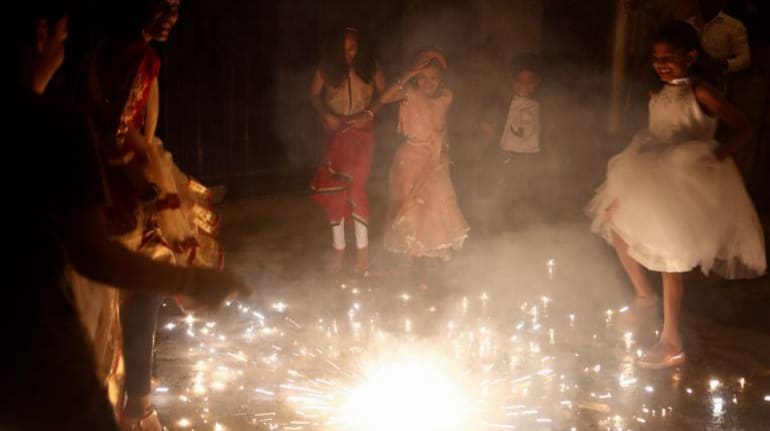



The Uttar Pradesh government announced on October 29 that there will be a total ban on the sale and use of all kinds of firecrackers during upcoming festivities this year due to COVID-19 in the National Capital Region (NCR) and all other cities where the ambient air quality falls under the 'poor' or higher category.
The order issued by the Uttar Pradesh Home Department stated: “Restrict use of firecrackers in cities where air quality is ‘moderate’ or below to green crackers only for not more than two hours. During Christmas and New Year, green crackers can be used from 11:55 pm to 12:30 am only where air quality is ‘moderate’ or lower.
The air quality has been found to be in the ‘moderate’ category in 25 cities including Lucknow, Kanpur, Agra, Sonbhadra, Ghaziabad, Hapur, Varanasi, and Noida. In these cities, only green crackers will be allowed to be sold during Diwali and other festivities.
As for use of firecrackers for reasons other than specified festivals, prior permission of the District Magistrate of the area will be required. It will be allowed for a limited period if permission is granted (based on the air quality).
Also read: SC says firecracker ban not against any community
Discover the latest Business News, Sensex, and Nifty updates. Obtain Personal Finance insights, tax queries, and expert opinions on Moneycontrol or download the Moneycontrol App to stay updated!
Find the best of Al News in one place, specially curated for you every weekend.
Stay on top of the latest tech trends and biggest startup news.